In the opening room of the British Museum’s ‘Celts: Art and Identity’ exhibition (until 31 January) stands Queen Mary’s harp. Made around 1450 in the West Highlands, it is decorated with interlaced patterns and carvings of abstracted beasts, drawing on the Celtic art to be found in earlier medieval manuscripts and stone crosses. It is displayed in a no less elaborately carved wooden case. This was made by Whytock and Reid in Edinburgh in 1904, amid about the third wave of Celtic revivalism to arise in what might now be labelled, somewhat circumspectly, the British and Irish Archipelago.
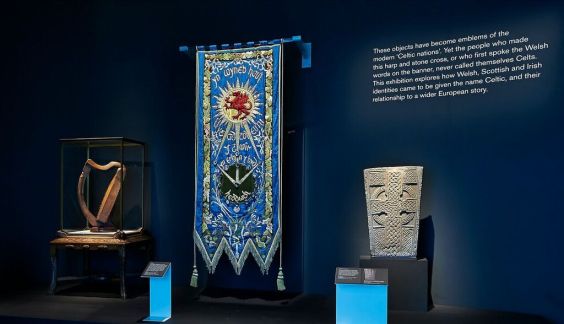
Queen Mary’s harp (left) displayed in the opening room of ‘Celts: Art and Identity’ © the Trustees of the British Museum
We live in constitutionally uncertain times. How the various pieces of these islands are going to relate to each other and to the continent they lie alongside in the years to come is somewhat unclear. The conclusive answer to one referendum has turned out to be anything but conclusive; the question to be asked at the next is yet to be even decided. Though this exhibition has doubtless been several years in the making, it feels very much of this political moment. The harp acts as an apt framing emblem to a cautiously cross-border, pan-European, between the plebiscites display. It evokes the complexity of looking to historical continuities and to cultural revival as the basis for current identity politics.
A dazzling array of artefacts from across 2,500 years of history illuminate the craftsmanship and stylistic distinction of what we have come to call Celtic art. The curators, though, also use these objects to unpick the story of how diverse peoples who lived across a wide expanse of territory over a long period of time – yet left no written accounts of themselves – have become identified as ‘the Celts’, and how that term has been particularly associated with Ireland, Scotland, Wales, Cornwall, the Isle of Man and Brittany. The little that is known in archaeological and historical terms about these extraordinary objects related alongside how the cultures that made them have been represented, received and revived, from antiquity to the present.
To a long view on the Celts is added a broad geographical view. A second room sees Celtic objects set against Greek and Roman counterparts to emphasise the difference of their elaborate abstraction from classical humanism and naturalism. A bizarre 2,000-year-old helmet pulled from the River Thames, decorated with large horns and patterned swirls, is placed alongside the more familiar simplicity of a fifth-century Greek helmet; a golden bracelet from Pompeii is recognisably mimicking a snake, but its Celtic equivalent might be mistaken for just a coil. Yet exchange across and beyond Europe are part of the Celtic story too. In the next room stand the wonderful Basse-Yutz flagons, dug up in north-east France in the 1920s by a team of road-builders. These bronze vessels, dating to c. 400 BC, are recognisably Etruscan in form but decorated with highly stylised animals and curvilinear patterns. The Celtic aesthetic, at its very birth, sits atop, as much as it departs from, a host of Mediterranean influences.
The exhibition, which has been running since September, has already been widely and justly praised. The quantity and beauty of the objects amassed from across Europe is quite extraordinary. The curators do much to explain how and where they were made and what is currently thought about their purpose or meaning. Furthermore, the delineation of the Celts as a complex cultural construct, made ‘other’ and appropriated through time, tactfully sheds much-needed scholarly light on the somewhat fraught political present. Yet the exhibition’s sober striving for balance – we are told in anodyne fashion that ‘The name Celt is now proudly embraced to express a sense of belonging’ – is in danger of occluding the nature of the intense and sometimes radical feelings that have underpinned various attempts from the mid-18th century onwards to recover and revive the Celtic past. Curating sentiment and its expression, while avoiding being merely sentimental or altogether affectless, proves to be rather hard.
One of the few aspects of the exhibition that has drawn criticism is its deployment of music. You can choose to listen to a recreation of the sound of the ancient carnyx (by trombone virtuoso John Kenny) through lifting up a headset; you have no choice but to listen to the piped-in ‘Celtic’ panpipes. Whatever the aesthetic merits of this aural intrusion, it seems the wrong choice of music to give any sense of how the Celtic past has been so tumultuously reactivated amid modernity’s discontents. No-one is going to be radicalised by such soothing sounds, but plenty have been inspired to political action and even violence by other supposedly Celtic noises. Queen Mary’s harp might now stand encased and unstrung, but the oral impact of poetry, folksong and folklore has recurrently promised that the past is still miraculously available in the present.
John Keats mused on the ‘quietness’ and ‘silence’ of his Grecian Urn; James MacPherson, W.B. Yeats and many others could supplement their affective investment in artefacts by going out into wilds of Scotland and Ireland and hearing (or at least supposedly hearing) their ‘cold pastoral’ sing or speak with a living voice. There is a curious disjunction between the modern objects presented towards the end of this exhibition – ranging from an array of mostly pretty kitsch paintings of bards and mythic heroes to the gorgeously stylised designs that came out of fin de siècle Glasgow – and the passionate sentiments to which the Celts have been subject. And without the sensibility of song evoked in some way, the ongoing power of the Celts does not make much sense. It will be interesting to see how this show goes down in Edinburgh, when it travels there in March. I wonder if the British Museum has considered doing something soon on the Anglo-Saxons – perhaps in cooperation with the National Museum of Denmark?
‘Celts: Art and Identity’ is at the British Museum until 31 January. The exhibition travels to the National Museum of Scotland from 10 March–25 September. Click here to see images of more objects included in the exhibition.
Unlimited access from just $16 every 3 months
Subscribe to get unlimited and exclusive access to the top art stories, interviews and exhibition reviews.

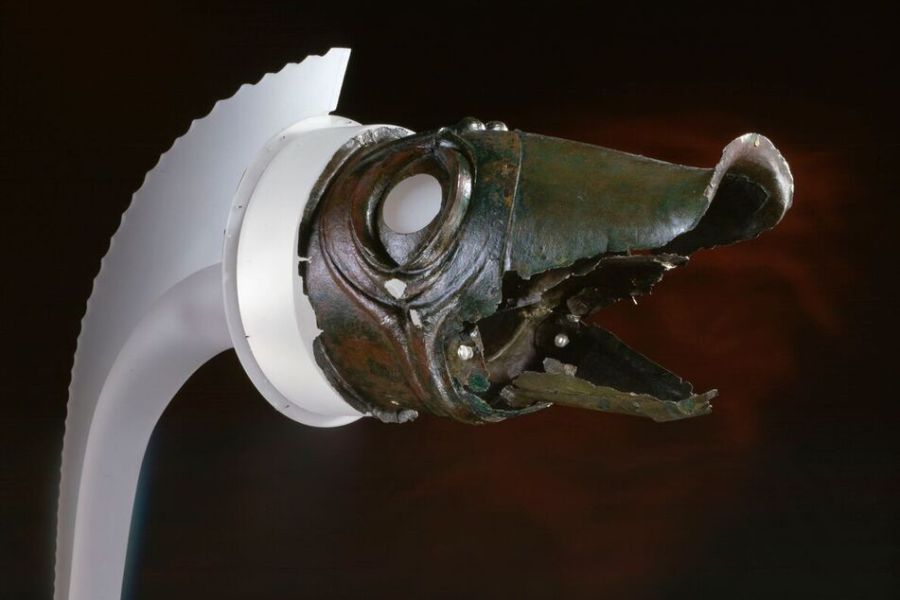
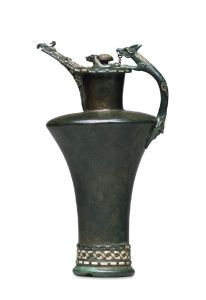
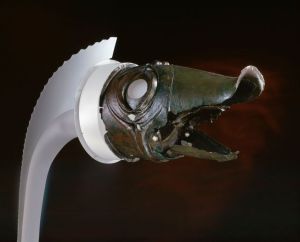
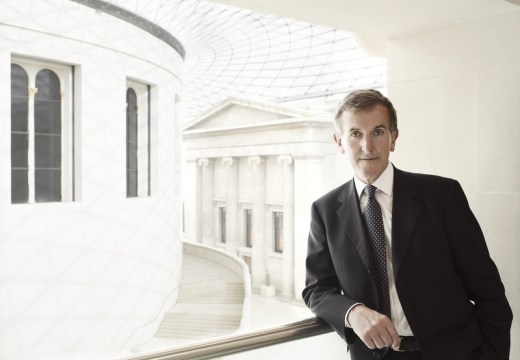
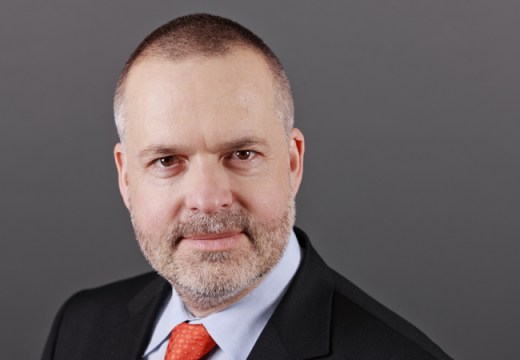
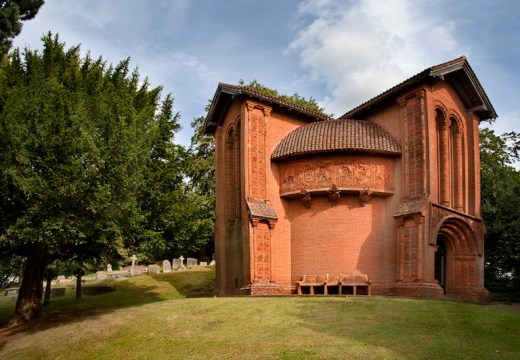









![Masterpiece [Re]discovery 2022. Photo: Ben Fisher Photography, courtesy of Masterpiece London](http://www.apollo-magazine.com/wp-content/uploads/2022/07/MPL2022_4263.jpg)
It’s time for the government of London to return to its rightful home